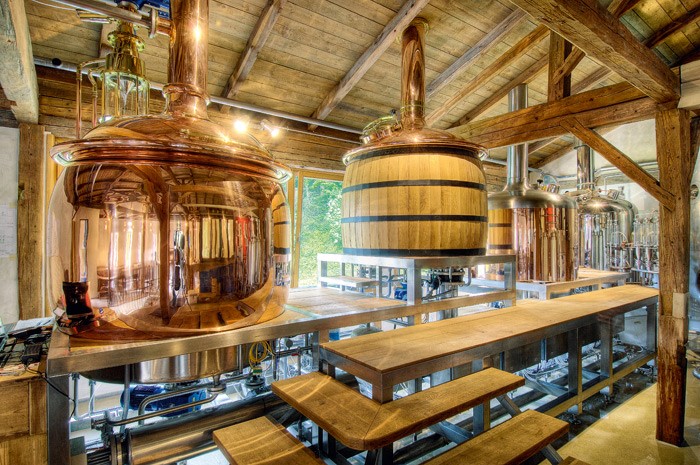
Like peanut butter and jelly, batteries and beer are an unlikely pairing at first glance. It’s only when you look beyond the surface-level characteristics that you realize the two exhibit properties that complement one another. Now I’m not talking about battery-acid-flavored beer, but taking the bio-matter left behind in brewery wastewater — proteins, yeasts, and sugars — and running it through an innovative bio-manufacturing process to create the carbon-based materials needed in energy storage cell fabrication.
Engineers from the University of Colorado Boulder have created a new energy cell fabrication technique that mutually benefits beer makers and fuel cell technologies, reducing the costly wastewater treatment for brewers while also establishing a cost-effective method of building renewable, naturally-derived fuel cell technologies.
“Breweries use about seven barrels of water for every barrel of beer produced,” said Tyler Huggins, a graduate student in CU Boulder's Department of Civil, Environmental and Architectural Engineering and lead author of the new study. “And they can't just dump it into the sewer because it requires extra filtration.”
Transforming biomass into usable battery components is not an altogether foreign concept; various segments of the energy sector have already adopted the process of constructing carbon-based electrodes from converted timber. At the same time, the high cost associated with short supply coupled with the complexity of extraction has inhibited dissemination beyond a few niche industries. What CU Boulder’s team of researchers bring to the table is a new technique of cultivating the appropriate biomass chemistry at a very low cost, taking advantage of a fast-growing fungus called Neurospora crass, which thrives in the sugar-rich wastewater produced by Colorado breweries.
“The wastewater is ideal for our fungus to flourish in, so we are happy to take it,” said Huggins. With a total of 217 craft breweries statewide, there’s no absence of beer wastewater in Colorado. Interestingly enough, the wastewater isn’t just an inexpensive source of biomass; it also enables researchers to more closely dictate the fungus’ chemical and physical properties from the onset, which enabled them to create one of the most efficient naturally-derived lithium-ion battery electrodes to date.
Applying the process on a larger scale could help breweries reduce their municipal wastewater cost, while simultaneously cleaning Colorado’s wastewater and granting battery manufacturer’s access to a cost-effective means of battery component production.
“The novelty of our process is changing the manufacturing process from top-down to bottom-up,” said Zhiyong Jason Ren, an associate professor in CU Boulder's Department of Civil, Environmental and Architectural Engineering and a co-author of the new study. “We're biodesigning the materials right from the start.”
The study is available at the American Chemical Society’s journal Applied Materials & Interfaces . Seeking to commercialize the technology, Huggins and another of the study’s co-authors, Justin Whiteley, have filed a patent.
Source: Phys.org
Advertisement
Learn more about Electronic Products Magazine





